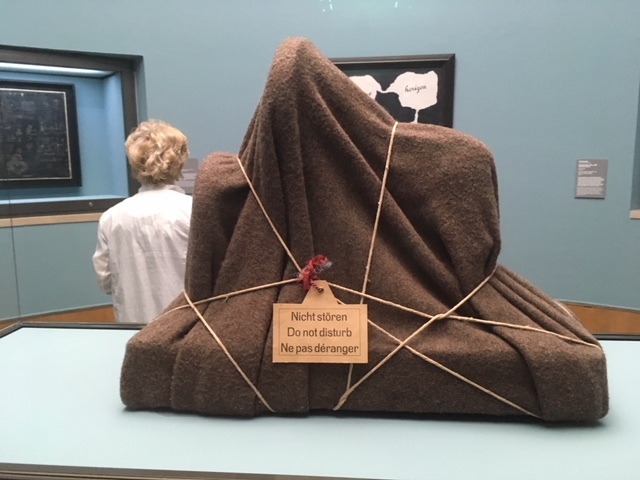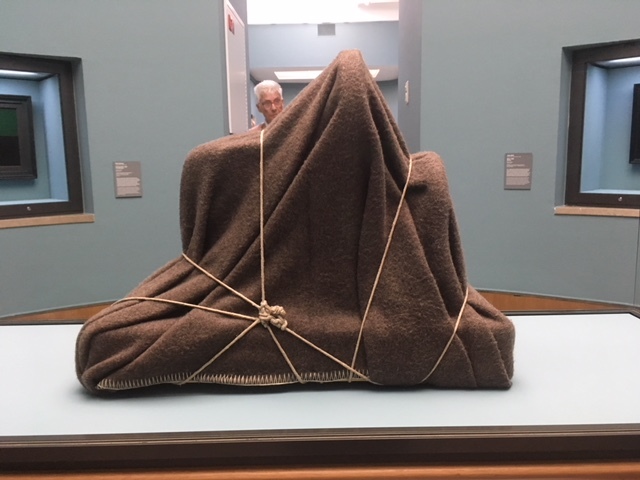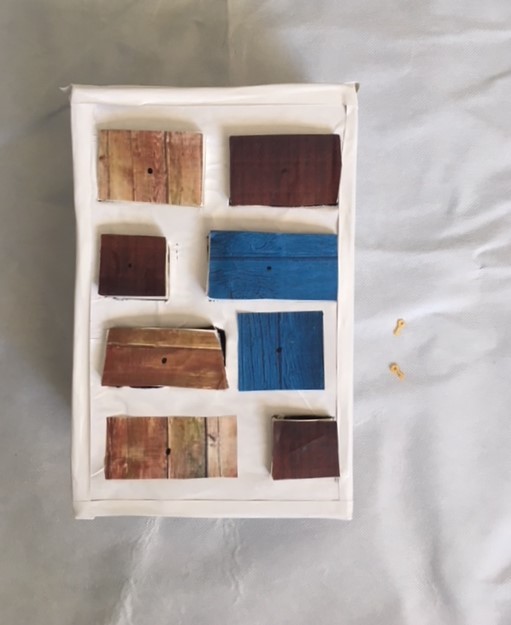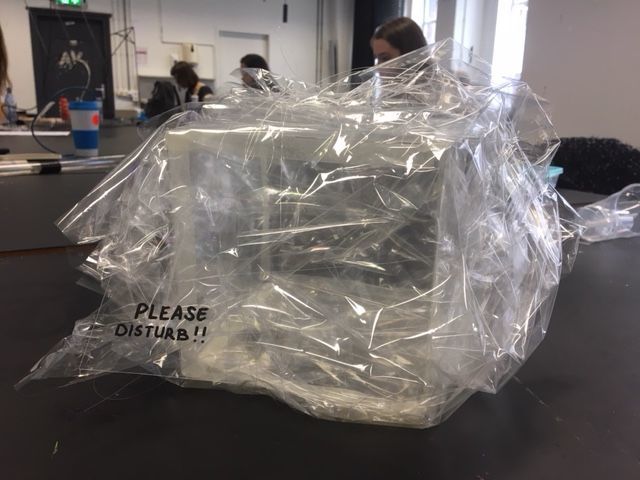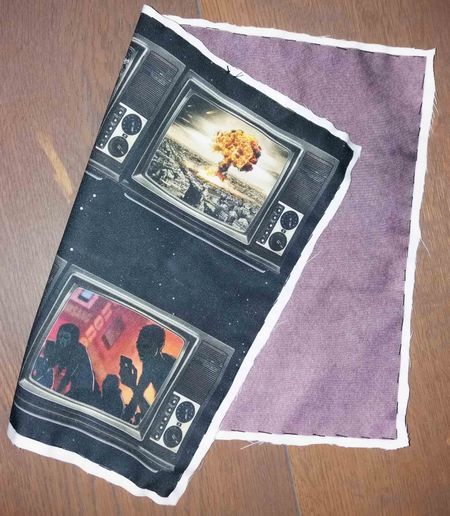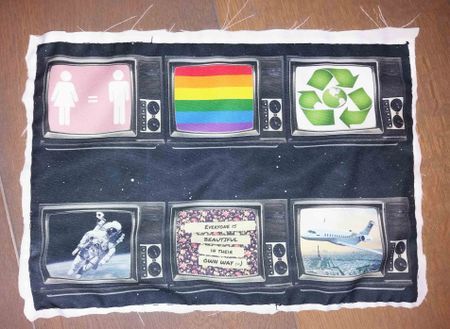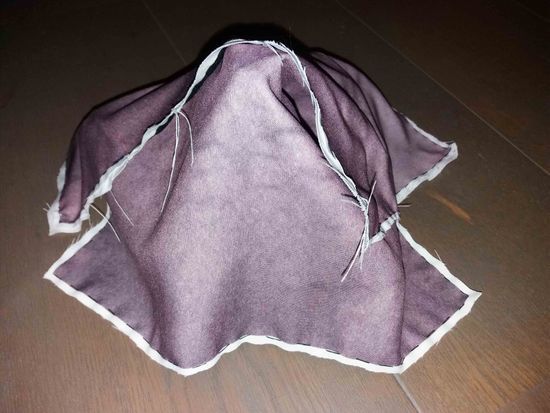Difference between revisions of "User:Zoe van Peperstraten"
| Line 20: | Line 20: | ||
[[ File: Future_Frame.jpg ]] | [[ File: Future_Frame.jpg ]] | ||
| − | |||
| − | |||
| − | |||
| Line 29: | Line 26: | ||
[[ File:Past_dresser.jpg ]] | [[ File:Past_dresser.jpg ]] | ||
| − | |||
| − | |||
| − | |||
| − | |||
| − | |||
Revision as of 23:15, 28 July 2021
DIGITAL CRAFT || TIMELINE
The work that I have chosen is a remade, made in 1972. The original sculpture was made in 1920, but like so many of Man Ray’s early objects, the original work is lost. It consists of a sewing machine, wrapped in a blanket and tied with string. Man Ray’s idea of using a sewing machine was inspired by a simile used by the French writer, Isidore Ducasse, better known as the Comte de Lautréamont, ‘Beautiful as the accidental encounter, on a dissecting table, of a sewing machine and an umbrella’. They saw it as paradigmatic of a new type of surprising imagery, as well as replete with disguised sexual symbolism. (The umbrella was interpreted as a male element, the sewing machine as a female element, and the dissecting table as a bed.).
Assignment 2 Speculative Future & Contrafactual Past Prototype
Future Frame
Past Dresser
L’Enigme d’Isidore Ducasse and its speculative future assignment by Eva Schoren
The L’Enigme d’Isidore Ducasse (The Enigma of Isidore Ducasse) is a secret object, wrapped in a blanket, leaving a lot to the imagination of the viewer. No one knows exactly what is behind the blanket, only the artist itself.
We live in a world where almost everything is accessible, so this object becomes extra appealing for us because in a way we can not access it. Looking to the future, we will enter an era where there are no such things as secrets anymore. Nothing can be hidden for one other and everything has to be there and has to be able to being read.
In the future this accessibility will be even more available. Everything is being shared more and more, and eventually, in the far futrure, there will be no secrets anymore, anywhere. Everything has been shared. Everything needs to be transparent for everyone. So does the artifact. There are no secrets anymore in the world, so the artifact does not contain a secret anymore as well. It is a completely transparent box, which contains nothing and can be see through by everyone. It is wrapped up, but with transparent paper and a transparent line so you are still able to see through everything and be ensured there is nothing hidden anymore.
The Enigma of Isidore Ducasse and its contrafactual past by Goretti Pombo
What if in the past, they already discovered what lied beneath that blanket? What if it was something they could not understand and found kind of disturbing?
For the contrafactual past of 'The Enigma of Isidore Ducasse' I imagined people found a blanket that was showing them the future. This future represented things their minds could not yet fathom in that time . Therefore, they decided to never show that side of the blanket again.
For this work, I used the Sublimation printer to print my created images on fabric. On the outer side of the blanket, I wanted to bring back the texture of the blanket in the original work by Man Ray.
The innards of the blanket contain the images of the future.
Afterwards, I made a composition to put the blanket on as I was trying to reproduce the mystery of the original work.
Plan 3
I got some inspiration from the assignment 'Speculative Future & Contrafactual Past Prototype' to make my final work. The plan I have for now is to make a transparent box. The box is tied with a lock. In the box there will be a object (looks like a key) wrapped in a blanket. Just like the original work, we think we know what is in there, but we don't know what it looks like, and we are still not sure because we can't see it.
The problem with this plan is that it is ambiguous. I still liked the story about the vicious circle, I just had to make a little adjustment.Because it doesn't make sense to make a peeking hole when the box is already transparent.
